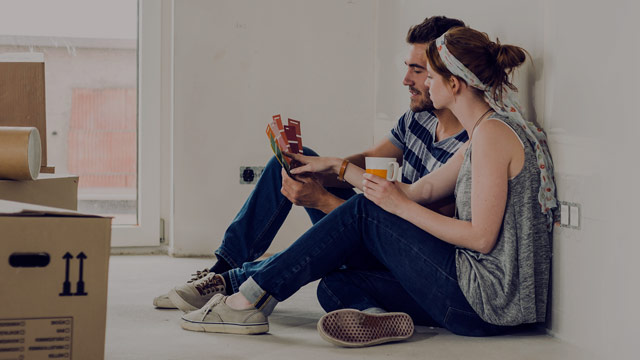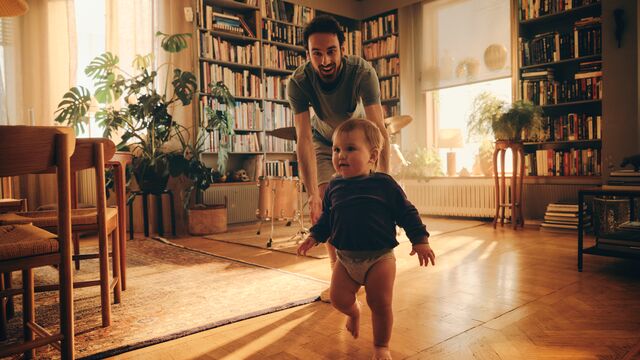Homeownership has traditionally paid off in Finland
According to Economist Juho Kostiainen from Nordea, home ownership has been more financially viable than renting a home in the long run even though the monthly expenses are usually a little higher.
“The costs of owning your home – the interest expenses and the maintenance charge – have mostly been lower than the rent for a similarly sized home. The homeowner is building their wealth by paying off their loan and waiting for the value of their home to increase,” Juho Kostiainen says.
When you live in your own home, you pay ‘rent’ to yourself. Furthermore, you can benefit from any increase in the value of your home, depending on its condition, the development of the residential area and the housing market situation.
You should consider buying your first home when you have a regular income and the necessary amount of savings for applying for a home loan and buying a home.
.svg)



